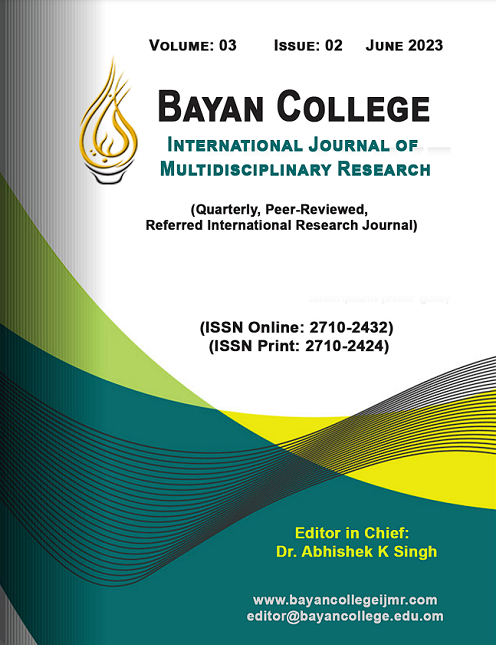Evaluating the role of cooperative banks in promoting financial inclusion in India
Keywords:
Cooperative movement, financial inclusion, Cooperative banks, Ground level credit (GLC)Abstract
Cooperative movement started in India formally in the year 1904 with the passing of the cooperative credit society’s act in 1904 to provide credit to distressed agricultural sector in the form of short-term credit to save the farmers from the clutches of the moneylenders. Cooperative sector has progressed since then to contribute to India’s green and white revolution, by providing credit to agricultural and milk cooperatives. This paper seeks to analyse the recent performance of cooperative banks as compared to other commercial banks and regional rural banks operating in India in terms of credit extended to small and marginal farmers, to understand how the cooperative banks are performing in making the rural credit system more accessible and financially inclusive by analysing the secondary data obtained from the websites of cooperative bank regulators National Bank for agricultural and rural development and Reserve Bank of India.


